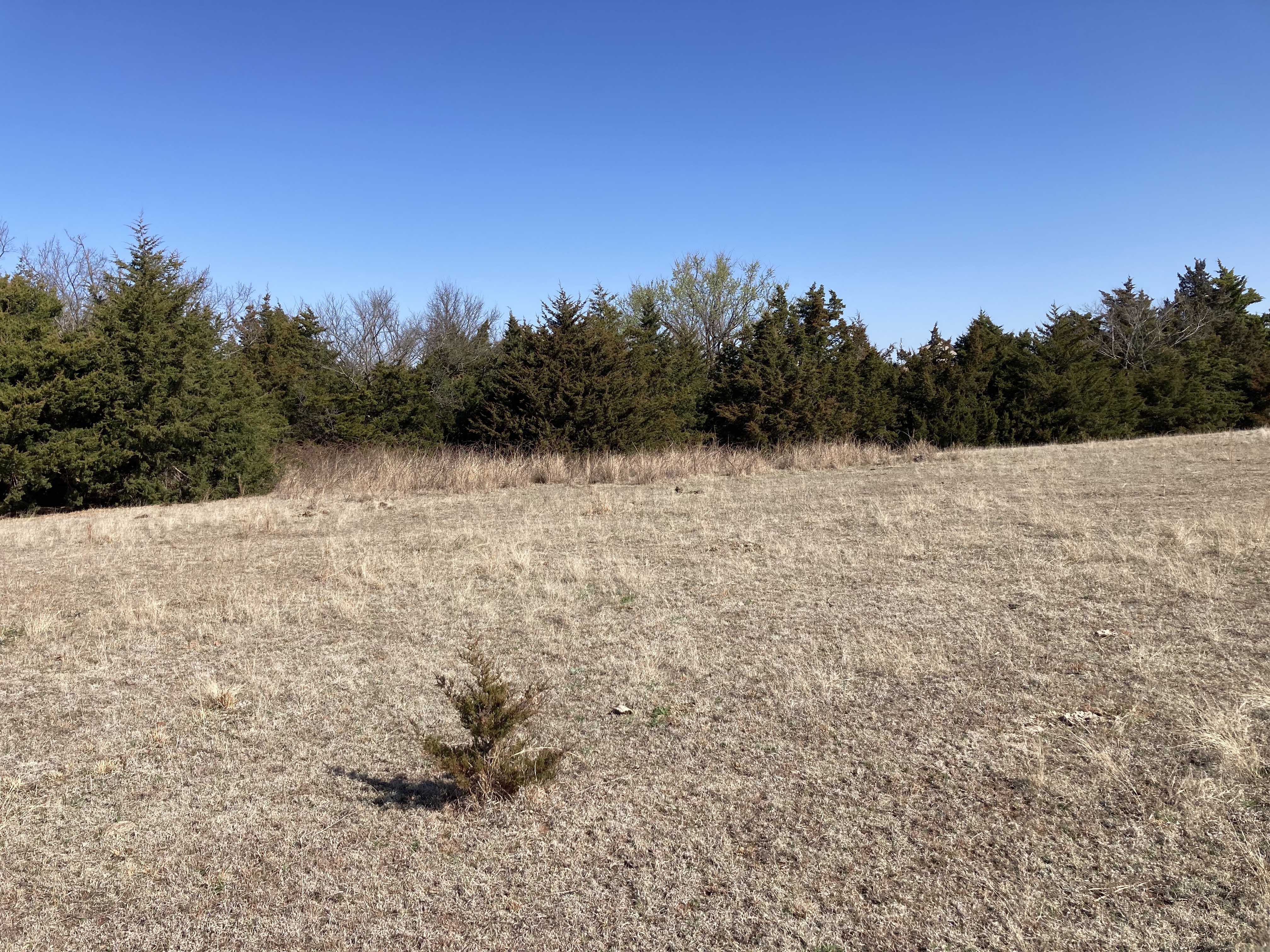The Home Range
Contact
University of Arkansas System Division of Agriculture
Cooperative Extension Service
2301 S. University Ave.
Little Rock, AR 72204

The Home Range
A couple of weeks ago I did a “memory walk,” as a songwriting friend calls it. I was at home visiting the farm where I grew up in central Oklahoma so, just as I did as a child, I took off on a hike across the pastures to see how things were going. What I found was change, that unrelenting force of nature.
My late wife was a California girl, and she could never appreciate the subtle beauty of the rolling central Oklahoma plains. Her assessment was that “God must have been really peeved the day he made Oklahoma.” But to a plainsman, there is no equal to the wide-open spaces of these gently rolling hills.
I grew up astraddle the line dividing the Oklahoma Territory’s two (of five) great land runs — the run of 1889 and the Cherokee Strip land run of 1893. Four of my great-grandfathers established farms in the 1890s in this newly settled land, but none actually made the runs. Two bought out people who claimed land in the Cherokee Strip run and two bought out claimants in the Oklahoma Territory run of ‘89. Our farm was a part of the 1889 land run.
We have a family photo taken in 1912 of my Grandfather Ruck posing for his graduation photo in front of the one-room schoolhouse where he received his eight years of schooling. The steep-sided ditch where he sits on the bridge is devoid of trees as is the prairie in the background. After 20 years of settlement, lots of sod had been turned over to plant wheat, but there was still a lot of native prairie grass in and around our community in those early years. But fences had been built, roads laid out and fires controlled.
By the time of my arrival in midcentury, the steep-sided ditch shown in the photo was now a meandering creek (the Middle Fork of Beaver Creek) perhaps 25 feet wide with large cottonwoods, elms, ash, hackberry and a few cedars choking its banks. At that time, about half of the area was what we called “broke ground” and about half in pasture. Today, nearly all farming has stopped and the only wheat planted is for grazing cattle during the winter and spring months.
The pastures and creek banks I prowled as a child are today almost impenetrable. Eastern red cedars, native to the prairies but found only in rock outcrops where the frequent prairie fires could not reach them, now have taken over places that cannot be reached by brush hog mowers. Their arrival began when farm families started lining their driveways with them as an ornament or planting them to block the relentless wind. On my long rides on the school bus, it was easy to identify the farms that were not being worked, for thickets of cedar trees quickly took over abandoned fields and pastureland, gobbling up every available square foot of land.
Since cattle left our small farm with the passing of my mother 15 years ago, blackberries and cedars have crowded the banks of the streams where I prowled as a child. Because the pasture is being hayed, they have not yet moved into the open ground.
As I walk, I chronicle the things that seem to have disappeared from our farm. Quail, jackrabbits, coyotes, bobcats and no doubt others are either missing or rarely encountered. The beautiful blue or white Carolina anemone that grew in the pasture north of the house seems gone, but hopefully it hides in out-of-the-way places I have yet to discover.
But still other things persist. Meadowlarks still sing. The buffalo wallows fill with water each spring and the peepers lay their eggs, tadpoles emerge and turn into frogs that hop away as the pools dry up. The stand of scouring rush, one of the ancient fern relatives, still grows by the seep beside the now inaccessible carving rocks where generations of kin have left their mark on the world. And as I inspect more closely on my ramble, I see a number of tiny wildflowers, some so ephemeral they grow, live and die on the face of lichen-encrusted sandstone rocks.
So, life goes on, changes, adapts. These farms of my youth are now being repeopled. But instead of farmers, the new residents use the land as large, spacious building lots, weekend retreats or private hunting preserves. We can individually make the judgment if this is a good or bad thing, but change is relentless and nature will adapt and triumph in the end.
